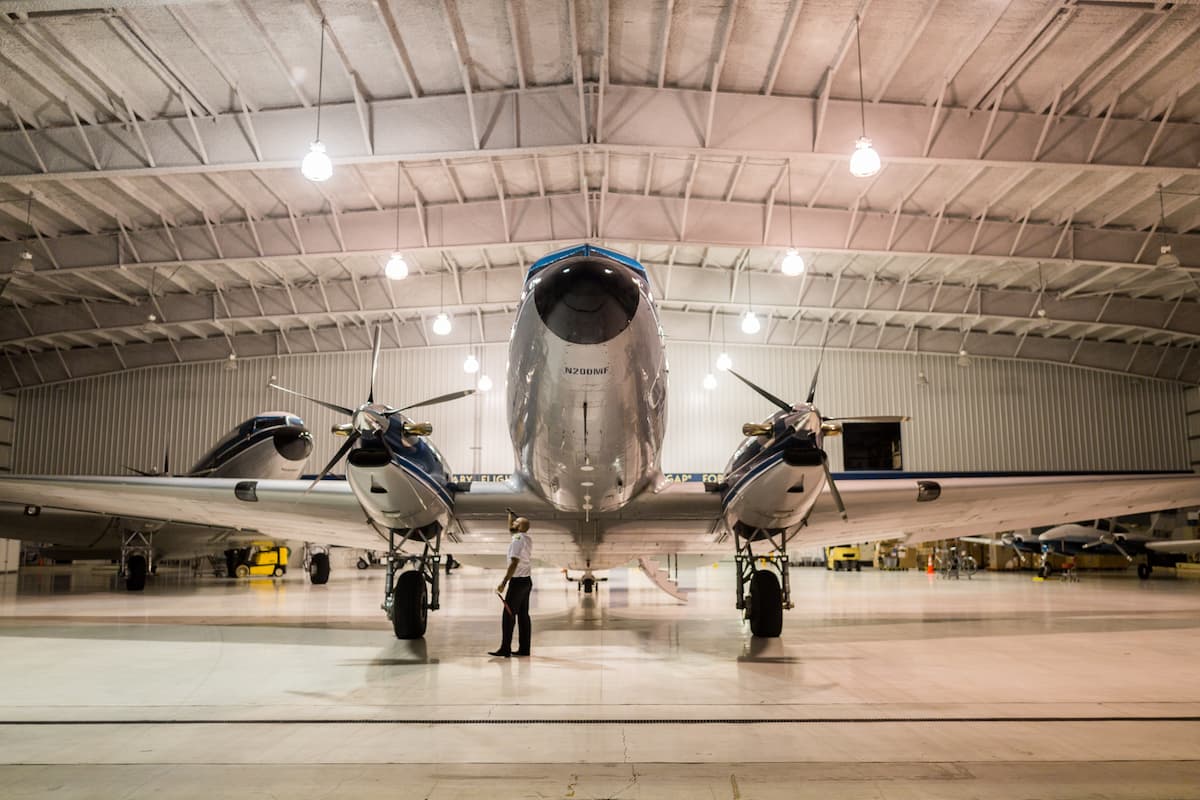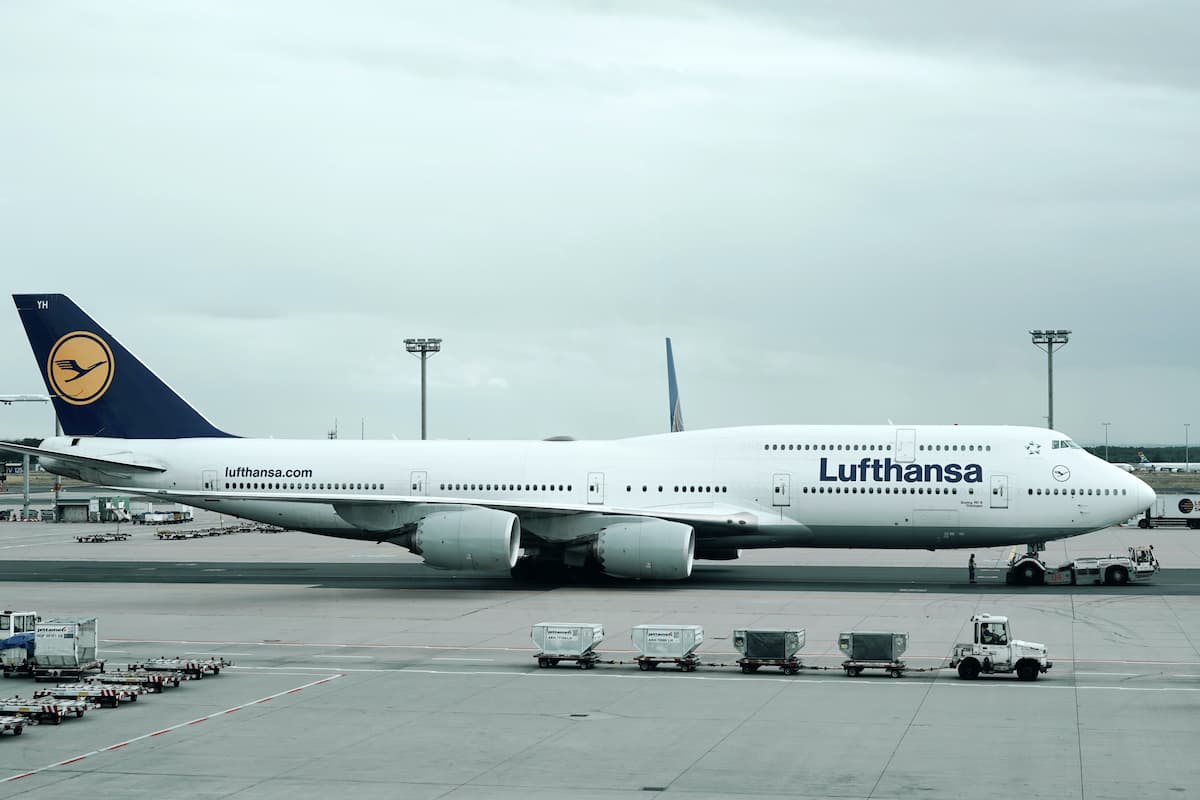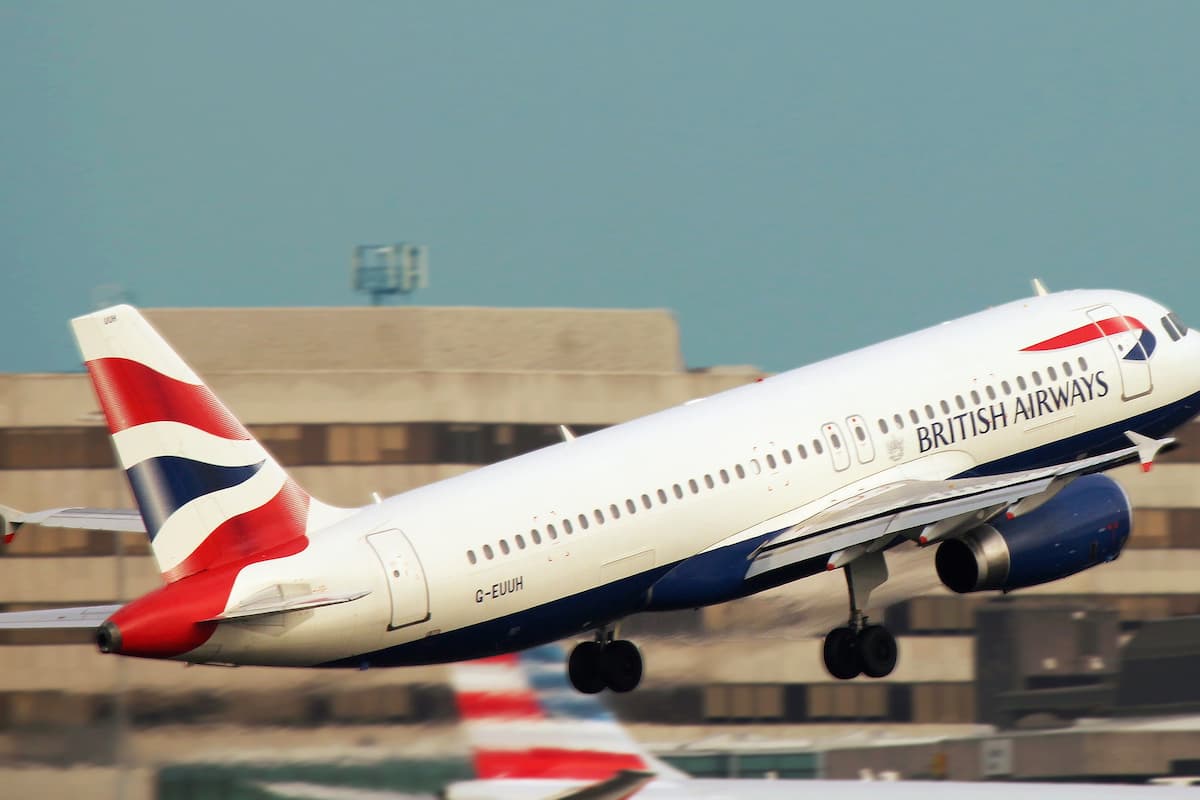How Heavy Are Airplanes? (Average Airplane Weight)
Airplanes have evolved since the Wright Brothers’ plane first took off in 1903, weighing only 605 pounds (274.4 kg).
Today’s aircraft have only gotten heavier with their various sizes, designs, equipment, and cargo capabilities.
How much an airplane weighs depends on its size and model. The average commercial plane weighs 152.9 to 220.1 tons (138,708.5 kg to 199,671.3 kg). An aircraft’s weight also fluctuates depending on how much fuel, cargo, and passengers it’s carrying, its material, and external temperatures.
This article covers how planes are weighed, the contributing factors to a plane’s mass, and how heavy the average commercial airplane is.
How Are Planes Weighed?

An airplane’s weight will change depending on when it’s measured.
For example, a plane will be much lighter when empty than when fully loaded for take-off.
This section covers the various points of reference that impact the weight of an aircraft.
Empty Operating Weight
An aircraft’s empty operating weight (EOW) refers to how much the plane weighs alone without add-ons like its fuel, passengers, and cargo.
Maximum Take-Off Weight
Alternatively, a plane’s maximum take-off weight (MTOW) refers to how heavy the aircraft is after it’s stocked and ready to depart.
Maximum Landing Weight
Interestingly, airplanes are lighter when they land, often making the maximum landing weight (MLW) less than the MTOW.
This weight loss isn’t because flying burns calories; it happens because the aircraft uses a lot of fuel during flight.
What Factors Contribute to a Plane’s Weight?
Many factors contribute to a plane’s empty operating weight and maximum take-off weight.
These factors include what goes onto an airplane, into it, and the elements around it.
Passengers and Cargo
In addition to the EOW, passengers, cargo, and fuel can add about 84,000 lbs (38,101 kg) to an aircraft’s overall weight.
Planes don’t have a weight limit per passenger, but they will have a maximum total weight limit for all passengers.
Sometimes, crew members have passengers move seats to ensure that weight is properly distributed throughout the plane.
Alternatively, individual cargo (i.e., carry-on and checked luggage) has weight limits assigned by each airline.
Carriers enforce weight limits and balance practices to avoid a lopsided or overloaded plane.
Materials
The materials that make up the plane matter when considering its EOW.
Most commercial airplanes are made from lightweight and durable materials like aluminum, steel, and composites containing carbon fiber and Kevlar.
To top it all off, did you know there’s a reason why most planes are painted white?
Aside from keeping the inside of the aircraft cool and making hazardous blemishes easy to spot, white paint also keeps the airplane light.
Paint can add approximately 600 to 1200 lbs (272 kg to 544 kg) to the airplane’s EOW – the same weight as up to eight additional passengers!
What also makes white paint preferred among other colors is that it doesn’t fade as quickly, making it less prone to touch-ups that pack on more pounds.
External Temperatures
The effects of global warming are everywhere, and air travel is no exception.
With temperatures rising across the globe, the molecules needed to lift the plane from gravity’s pull are reducing, making airplanes increasingly heavier for take-off.
How Much Does the Average Commercial Plane Weigh?

The average commercial plane has an empty operating weight of around 152.9 to 220.1 tons (138,708.5 kg to 199,671.3 kg).
That said, the typical maximum take-off weight for a commercial aircraft is between 320 to 447.7 tons (290,299 kg to 406,146.6 kg).
The maximum landing weight of the average large commercial plane can reach about 254.8 tons (231,164 kg).
However, remember that an airplane’s weight will always fluctuate depending on its style, size, and payload.
How Much Do Different Planes Weigh?
Compared to commercial planes, some personal aircraft weigh less because of their smaller size and capacity.
On average, a personal airplane can weigh 740 to 2,750 pounds (335.6 kg to 1247.3 kg), depending on size.
With the addition of a few passengers and some luggage, these cozier planes can reach an MTOW of approximately 12,500 lbs (5,670 kg).
Strategic aircraft, like fighter jets, weigh between 10.1 and 22.5 tons (9162.5 kg and 20,411.6 kg) and depending on the model, size, and type of jet, the MTOW can reach between 5.2 and a whopping 705.4 tons (4,800 kg and 640,000 kg).
Half of a fighter jet’s MTOW accounts for the plane alone since the aircraft is typically technology-heavy.
Passenger weight is less of a factor since these jets are snug and typically only accommodate two flyers.
What Happens if a Plane Is Too Heavy?

It can be hard to wrap your head around how a monstrous machine like a commercial plane can soar gracefully among the clouds.
In simple terms, airplanes defy gravity by using thrust (i.e., speed) to push air over and under the wings to generate lift.
However, there are instances where the plane’s MTOW is too heavy to take off, fly, or land safely.
An extremely heavy plane might not lift off the ground; if it does, it might only rise a few meters because of the ground effect phenomenon.
If the overweight plane happens to take off, it can make for an unsafe trip.
When the MLW is too heavy, the aircraft can experience structural damage or breakage while landing (which probably wouldn’t end with passenger applause.)
If an aircraft has been overbooked and is too heavy to take off safely, passengers might be asked to exit and board another plane.
To make sure airplanes are fit for flight, they are weighed using load cells or towed onto a weighing platform.
Conclusion
The weight of an airplane will always depend on the make, model, and what (or who’s) onboard.
When fresh off the assembly line, the average commercial aircraft weighs 152.9 to 220.1 tons (138,708.5 kg to 199,671.3 kg), give or take.
Airplanes are weighed based on empty operating weight, maximum take-off weight, and maximum landing weight.
Aircraft weight is based on the payload (e.g., passengers, baggage, fuel, etc.), the material makeup of the plane, and sometimes external temperatures.